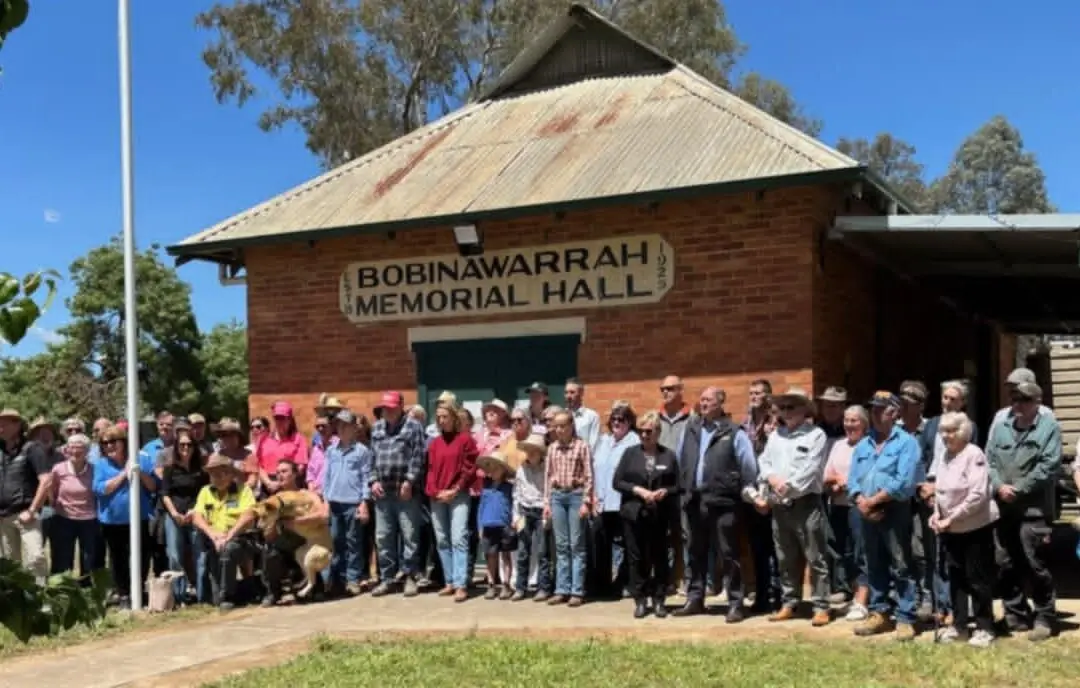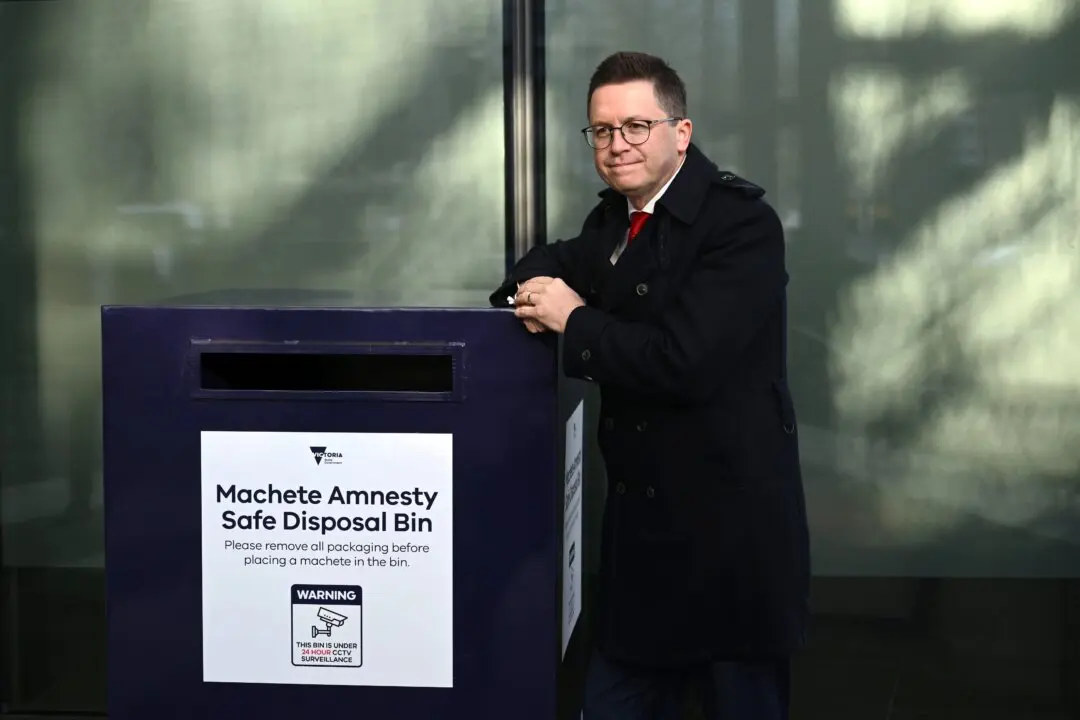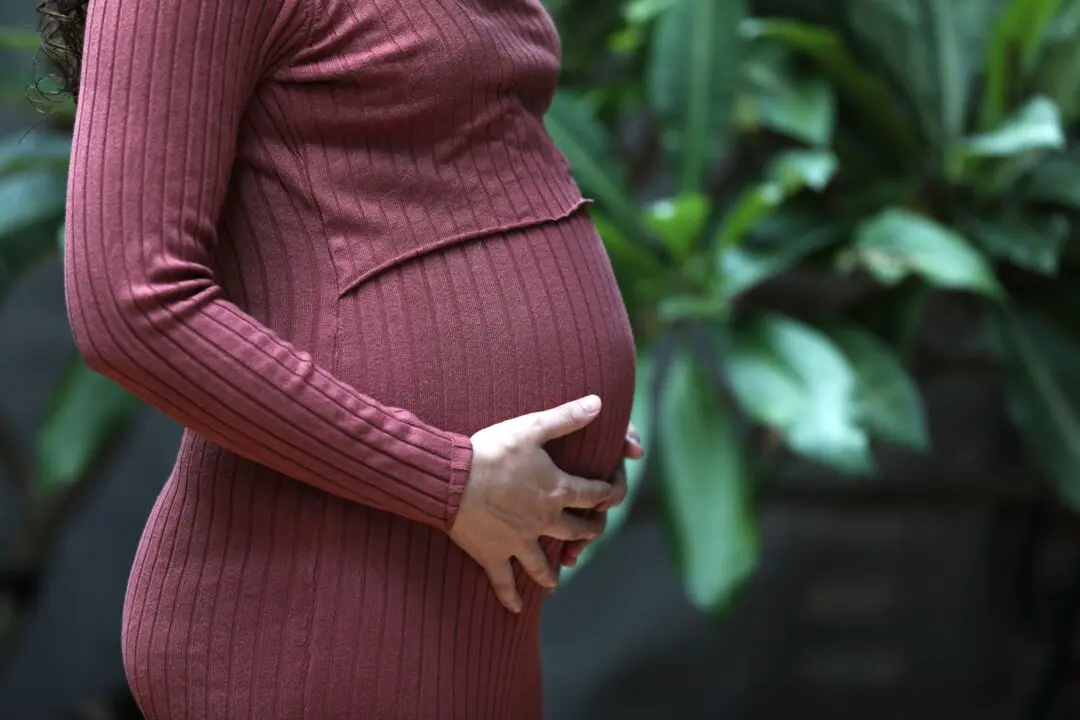Debate persists in Victoria regarding the federal Environment and Water Minister Tanya Plibersek’s proposed water buybacks, with an agricultural advocate expressing concerns over potential job losses and a worsening cost-of-living crisis.
Andrew Leahy, Chair of the Victorian Farmers’ Federation (VFF) Council, continues to oppose Minister Plibersek, despite her commitment to proceed with purchasing more water from farmers.





